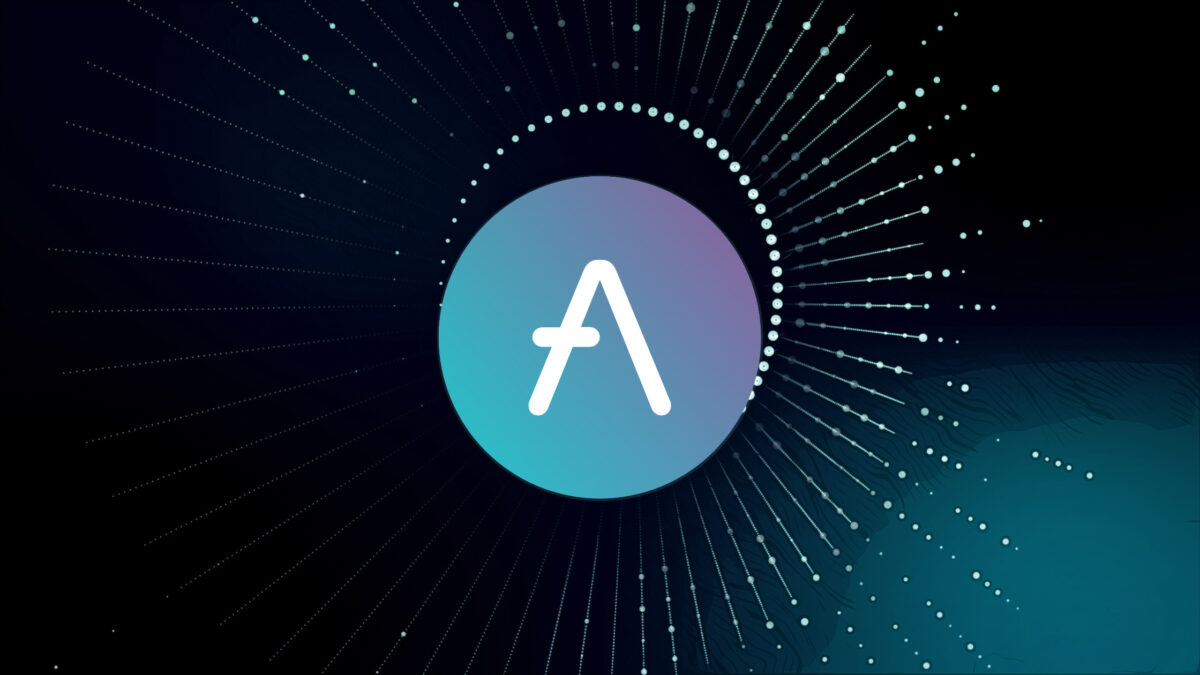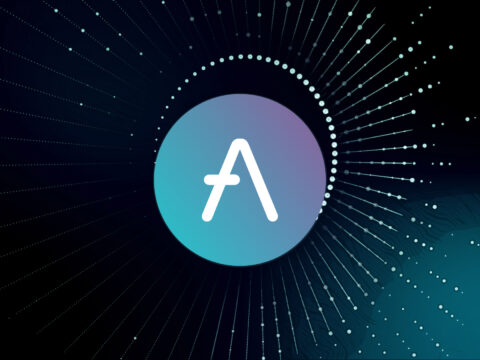
The Aave protocol was created in 2018 by Stani Kulechov in Switzerland after raising over $16 million in its Initial Coin Offering (ICO) in 2017. At that time, the protocol’s token was named “LEND” but would later be renamed to AAVE, which means “ghost” in Finnish, in 2018.
What Is Aave?
Aave is a non-custodial open-source protocol that allows users to create money markets, providing them with the opportunity to borrow, lend, and earn interest on their crypto assets in a decentralized and automated manner.
Aave was created as a reflection of the values that gave rise to the Decentralized Finance (DeFi) movement, providing users with the option to take control of their finances to maximize their profits and empower other users.
The project was developed to run on the Ethereum Blockchain and has done so ever since its launch, becoming one of the most popular and influential projects in the DeFi niche.
The protocol has been audited and secured by third-party institutions, is completely open source, and has different ways of interacting such as a UI client, API, and the Ethereum network, providing developers and users with incredible flexibility.
What Is the Purpose of Aave?
Aave was designed as a decentralized lending system in which users could lend and borrow cryptocurrencies and earn interest by depositing in the liquidity pools.
Historically, loans have been the dominion of financial institutions such as banks, which can establish and impose their own rules while acting as a middleman between those depositing their money and those borrowing it.
With Aave, there is no need for a middleman as the protocol itself takes care of automating the borrowing a lending process by using liquidity pools, which is a different approach to traditional bank loans Peer-to-Peer (P2P) platforms.
While banks are unable to ensure that the loan taker will pay back the totality of the assets, Aave can do so by requiring the borrower to post collateral before borrowing, which provides the lender with ease of mind when adding liquidity.
The protocol was also designed to be easily integrated with other decentralized apps and protocols, allowing developers to innovate while harvesting the benefits and popularity of DeFi. This was the case with experimental projects such as Aavegotchi, which is the Aave protocol gamified.
How Does Aave Work?
Aave operates as a network of liquidity pools that investors can access in two ways: borrowing or depositing.
Users who deposit their crypto assets in a pool are not really lending to another user directly but adding to the liquidity, allowing borrowers to take a loan using the cryptocurrency in that specific pool. This is an important distinction as Aave does not operate as a P2P platform.
The protocol uses two different tokens to facilitate these transactions: aTokens and AAVE tokens:
- aTokens: These tokens are issued to lenders as a voucher that they can later use to collect any interest generated by their deposits. This token can be traded and moved like any other token on the Ethereum network, which allows lenders to find other applications for them as well as move them between wallets.
- AAVE: This is the native token of the protocol that borrowers can use to obtain their loan without incurring fees and getting discounts if used as collateral. The token is also used in the protocol’s governance, allowing holders to vote on proposals and earn rewards by staking.
Every liquidity pool available in the protocol will automatically set a reserve to protect itself from volatility, ensuring that lenders can withdraw their assets when they are ready to liquidate their positions.
One of Aave’s most interesting features is that borrowers can gain interest from their collateral, helping them offset the interest rate they incurred when borrowing using the protocol.





